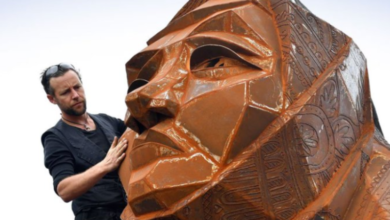Are earthquakes today aftershocks from centuries old quakes?

North America is still grappling with the lingering effects of powerful earthquakes that occurred more than a century ago, according to a recent study.
Statistical analyses conducted by scientists indicate that certain present-day tremors can be traced back to seismic events that took place in the 1800s, making them the aftershocks of some of the most intense quakes ever recorded on the continent.
In particular, researchers estimate that approximately 23 to 30 percent of seismic shocks experienced in the New Madrid seismic zone from 1980 to 2016 can be attributed to four large earthquakes that struck the area between 1811 and 1812.
These historical quakes had magnitudes ranging from 7.2 to 8. Furthermore, it is believed that as much as 72 percent of seismic activity in the region since 1886 may be associated with another substantial earthquake that occurred in Charleston, South Carolina, with a magnitude between 6.7 and 7.3.

These findings raise the possibility that aftershocks can persist for decades or even centuries in geologically stable regions where tectonic activity is minimal.
However, further research is required to substantiate this controversial theory. Geoscientist Yuxuan Chen from Wuhan University in China comments on the ongoing debate within the scientific community, with some researchers suggesting that the seismicity is predominantly composed of aftershocks, while others argue it is predominantly background seismic activity.
Chen and geologist Mian Liu from the University of Missouri used a unique statistical method to study significant earthquake events in North America’s history.
They focused on three major earthquakes, which occurred in Canada in 1663, along the Missouri-Kentucky border in 1811, and in South Carolina in 1886. Despite being inland and not near plate boundaries, these areas continued to have clusters of earthquakes in the following years.

Using the “nearest neighbor” statistical approach, Chen and Liu found that 10-65% of recent earthquakes in the New Madrid region could be aftershocks, with lower estimates being more probable. Similar results were observed in North Carolina, while Quebec showed predominantly background seismic activity, suggesting the dissipation of aftershocks from the 1663 earthquake.
Chen and Liu propose that long-lasting stress relaxation in stable continental regions contributes to extended sequences of aftershocks.
They argue that the debate oversimplifies whether North America’s contemporary earthquakes are purely background seismic activity or aftershocks, emphasizing that both explanations can coexist.
Geophysicist Susan Hough from the United States Geological Survey, who was not involved in the study, cautions that apparent aftershocks can sometimes deceive.
Hough explains that while some earthquakes may appear to be aftershocks based on their spatial distribution, clustered earthquakes can also result from other processes such as creep. Thus, the meaning behind the study’s results remains open to interpretation.










